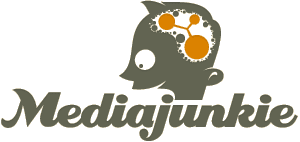Mark A.R. Kleiman points to a “fun fact” that reminds me of my idea for a liberal tax-cut initiative that I think would call the bluff of the plutocrats running the show these days. Let’s stipulate that it’s important to cut taxes by $350 billion, or $550 billion or whatever fakey number the shills on Capitol Hill have agreed to lately. Fine, but why cut from the top down? Why reduce the top marginal rates, or capital gains tax rates, or anything like that that cuts off the top end of curve with some token scratch thrown at the low end to soften the apparent blow? Specifically, why make percentage cuts at all, which are inherently regressive?
Instead, why not cut from the bottom up, by raising the personal exemption until we’ve achieved the cuts we want? I need to plot this on a graph, but I think that the problem would become apparent immediately. A huge number of people at the low end would end up opting out of income tax payments entirely, as the “cost of doing business” (where business generally means housing and feeding a family) would account for their entire income. In other words, we’d only be taxing disposable income, as defined by income that exceeds the new, much higher personal deduction. Then we’d have some lucky duckies indeed, just what the Wall Street Journal crowd is afraid of.
